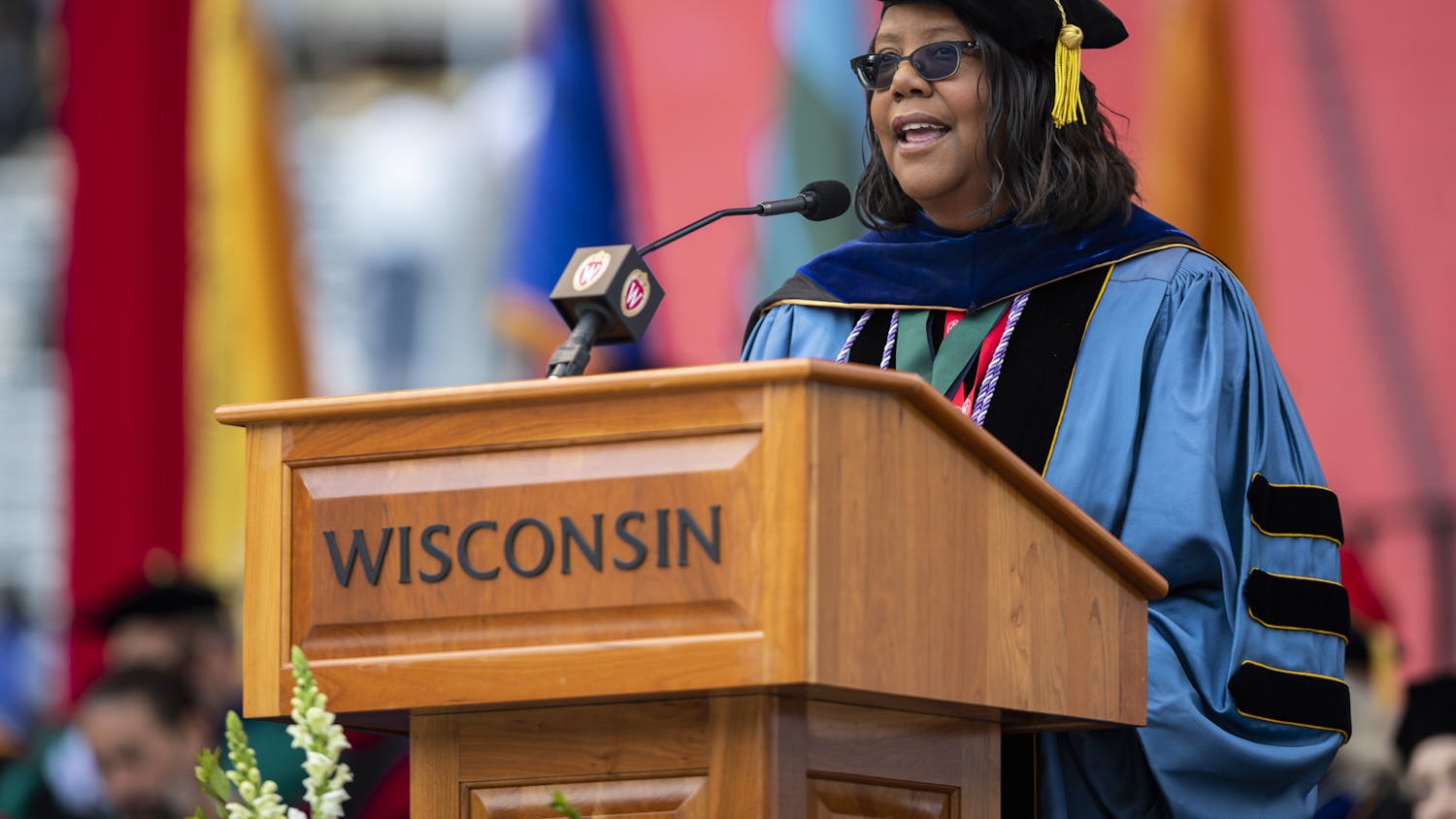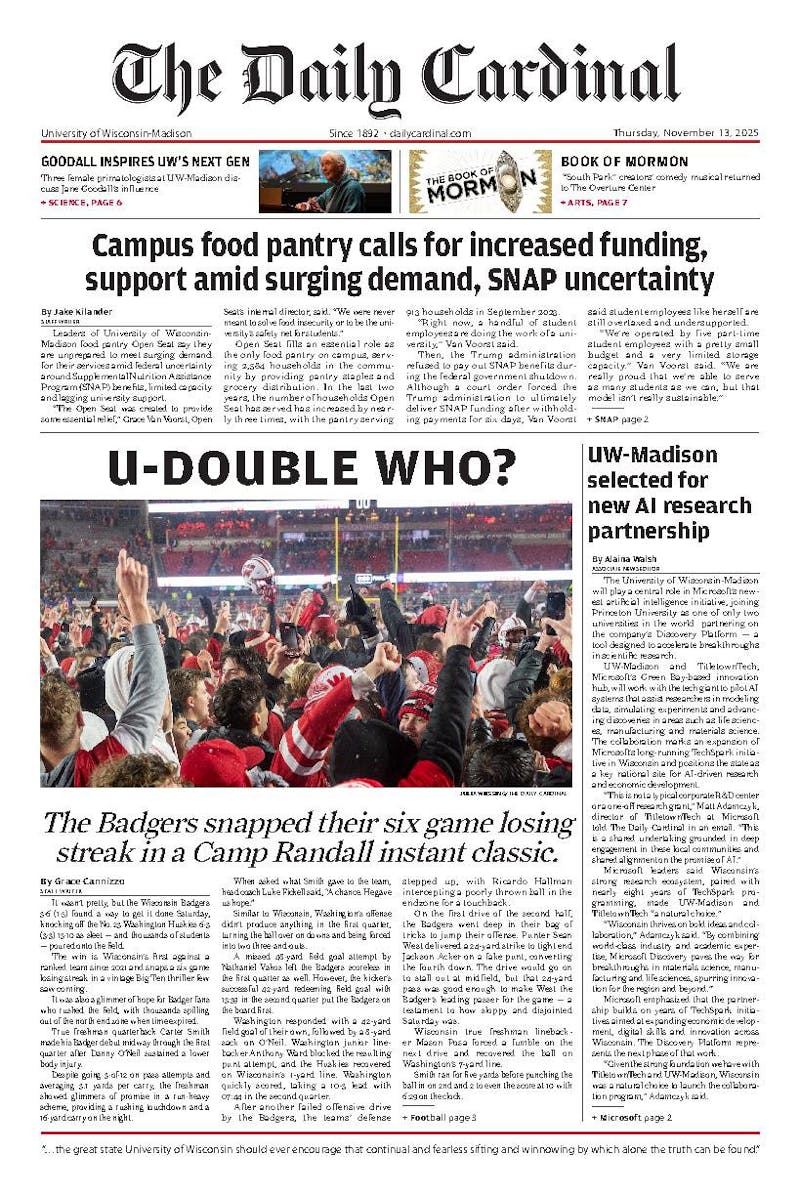It is a police officer's worst nightmare - a riot fueled by alcohol and anger with the only line of defense being an undermanned and overwhelmed staff resorting to tear gas in fear for their own safety.
For Mary Schauf of the Madison Police Department, that was the scenario for the city's annual Halloween party on State Street in 2002. Schauf, now the MPD central district captain, was only an officer back then and witnessed firsthand a nightmare from which she could not wake up.
In the early morning hours of the infamous 2002 Halloween, a restless crowd - which police, at the time, estimated to be nearly 65,000 - resorted to using bottles, street signs and chunks of concrete as weapons against oncoming officers. Schauf said it became a situation the 160 police officers on the street could not handle, thus tear gas was used to quell the riotous partygoers.
She said the images seen that night will forever be etched in her mind.
In 2002, we used gas to disperse the crowd because the crowd actually attacked the officers,"" she said. ""Bottles, bricks, people were disassembling the wall in Peace Park and throwing it all at cops '¦ they tore up the bike racks and used them as battering rams. It was not a pretty picture.""
Still, Schauf could not explain why it happened.
""It's interesting when you go out into a crowd and you can just feel it,"" she said. ""[In 2002] you could see the tension in them - they were looking for a fight.""
Schauf said in her 17 years of service as an officer, nothing will ever compare to that moment, calling it ""a low point"" in her career.
The following morning, police had to answer to store owners who had theirs shops looted and vandalized. She said a heavy dose of criticism was placed on the police department.
""We had a lot of challenges coming off 2002 and into the future,"" she said. ""We'd be fools not to learn lessons from what we know.""
The following three years, pepper spray was used to clear State Street after the Halloween party. Mayor Dave Cieslewicz threatened to shut down the event after 2003 because of the disorder. Schauf said the primary reason so many problems occurred in those years was the publicity of an alcohol-fueled event.
In fact, Sports Illustrated published an article in its September 2004 campus edition that labeled Halloween a riotous event. It sent much of the community up in arms, and Schauf said it urged people from outside the community, who she said have no stake in the city, to come to Madison and ruin it.
She noted most of the arrests made over the past five years have been drunk people, most of whom have not been UW-Madison students.
""One of the concerning things we were hearing after 2002 was, 'Let's go to Madison to riot and loot,'"" she said. ""We actually had people asking the officers [in the years following] what time the riot starts.""
According to Schauf, the crowd estimates during the problematic years were blown way out of proportion. She said only in the 1970s and 1980s did the crowds eclipse 100,000.
Now, Schauf said this is the most optimistic she has ever been for the event. She said it has been a work in progress - and continues to be - to put on an event of which everyone involved can be proud.
""Halloween should not be about the police department,"" Schauf said.
In 2006, Schauf, along with the mayor and MPD Chief Noble Wray, made dramatic changes to the event - ticketing, gating and an increased police presence for starters. In the end it worked, as Halloween ended peacefully for the first time in nearly half a decade.
And while Schauf expects ""Freakfest 2007"" to be like 2006 and nothing like 2002, she knows that any time 40,000 people line a street, the ""what if"" factor remains.
""There's still going to be a police presence there and we will still be prepared for contingencies,"" she said, ""But we're hoping we don't have to clear the street.






